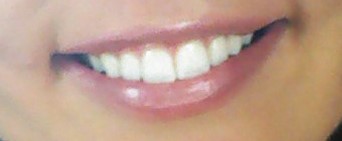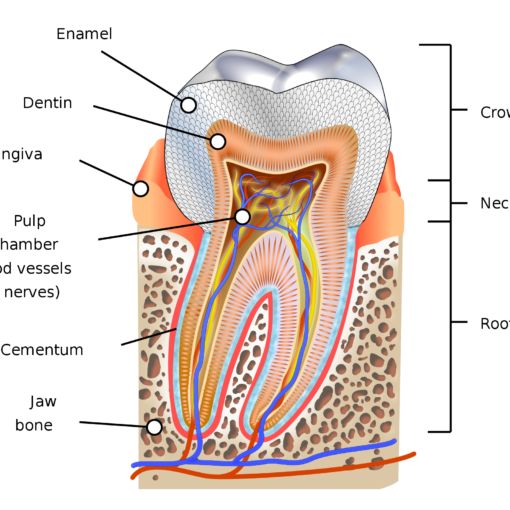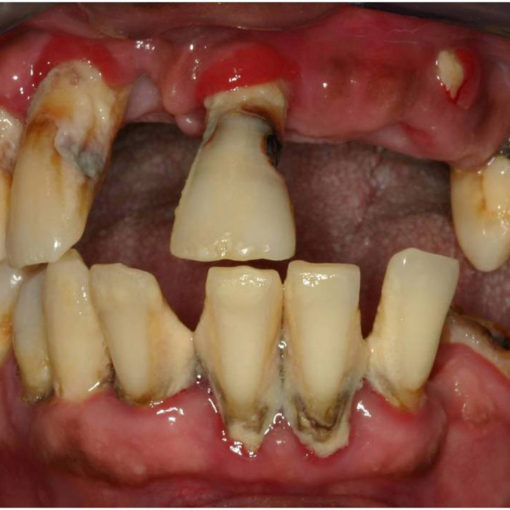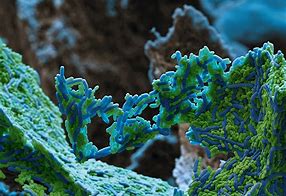SMILES
Smile first thing in the morning, that way you get it over with!
A smile is universally a friendly feature typically with the corners of the mouth turned up and the front teeth exposed for a kind, pleased or amused expression.
A smile can be a pre-laughing gesture or a response to a laughter. Some people smile with their eyes— called “Duchenne smile”. This type of smile engages the muscles of the mouth, cheeks and eyes, and are considered a genuine smile.
A smile can be a pre-laughing gesture or a response to a laughter. Some people smile with their eyes— called “Duchenne smile”. This type of smile engages the muscles of the mouth, cheeks and eyes, and are considered a genuine smile.
Smiling Facts
- Kids smile on average more than adults
- Women smile on average eight times more than men
- There are different numbers comparing the muscles used to smile vs a frown, basically you use a lot less muscles to smile than to frown
- 80% of people are not happy with their smile
- Babies start smiling in the womb—it is their first facial impression
What can a smile accomplish?
- An attraction to another person
- Change a mood—into a good one
- Contagiousness of feeling happy
- Relieving stress
- Boosts immune system
- Lowers blood pressure
- Releases endorphins and Serotonin
Smiling in general can make us happier and healthier. In dentistry when people have bad (in their opinion) teeth they tend to consciously or unconsciously, out of habit hide their teeth. They smile with closed lips or use their hand to cover their mouth when they smile or talk. This insecurity rises from crooked teeth, discoloration, missing teeth, broken teeth, crowding of teeth or noticeable gaps.
No matter what your smile is, embrace it as your uniqueness and enjoy it!








